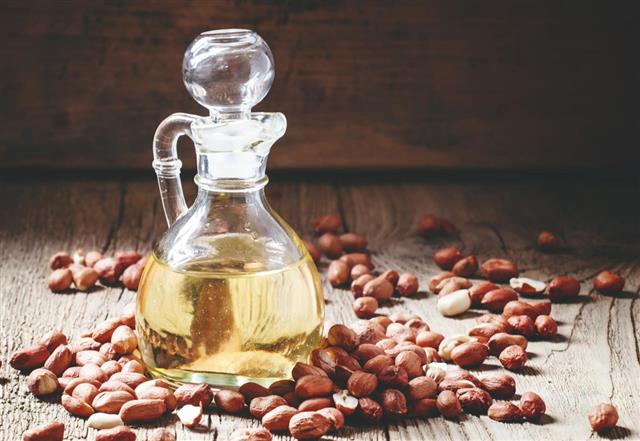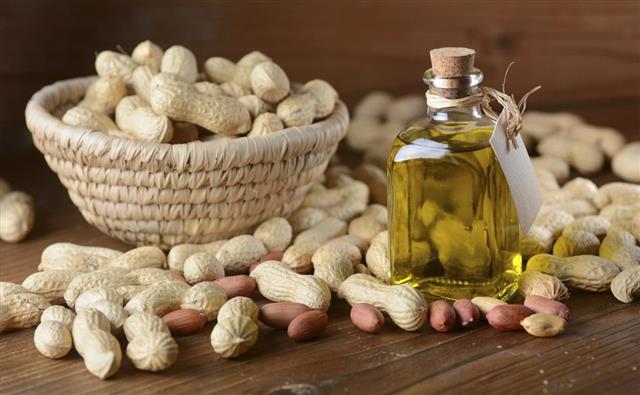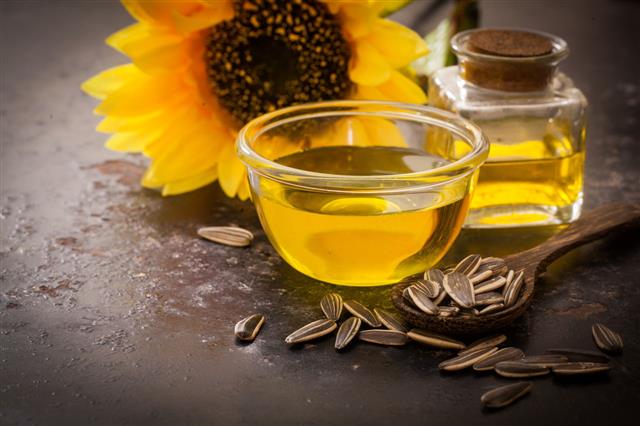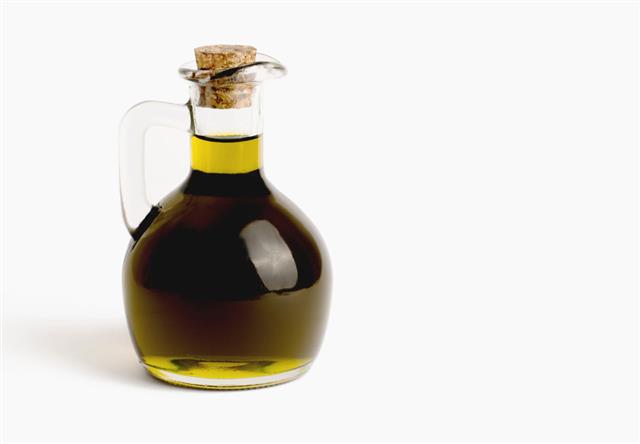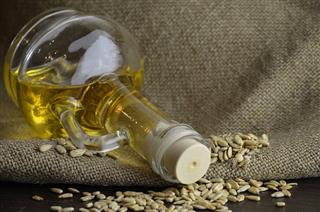
Peanut oil is extracted by pressing and processing peanuts and their kernels. The kernels contain most of the oil and undergo different extraction processes. Despite its obvious benefits, you might not be able to use peanut oil every time. So here are some substitutes, just in case.
Why Use Peanut Oil?
Peanut oil has a high smoke point, i.e., the temperature at which it starts to burn and give out smoke is considerably higher than other oils, which makes it one of the most widely used oils for deep frying.
Peanut oil is healthy to consume as it does not contain fats that could prove detrimental to the heart. To maintain a decent shelf life, it is stored under refrigeration. The oil may thicken up, but once it’s back to room temperature, it’s suitable for cooking again. However, sometimes the need to use a substitute for this wonderfully versatile oil may arise. The reasons could range from allergies to unavailability.
In this article, you’ll get to know some oils that can be used as a substitute for peanut oil for deep/stir/pan/shallow frying!
Canola Oil
- Quantity Required: 1 cup
- To be Replaced with: 1 cup of refined Canola Oil
- Nature of the Substitute:
- Canola oil is extracted from a type of rapeseed.
- It is an edible oil that does not contain much saturated fat. Hence, it is heart-friendly and one of the safest oils to be used as a substitute for peanut oil.
- It is a highly versatile oil as it can tolerate extreme temperatures as well (refined canola oil has a smoke point of 400° F or 204° C).
- It does not have a very strong flavor which makes it a favorite for cooking and even baking.
- Things to Note:
- When you use canola oil in a dish which does not require you to heat it in any form, like drizzling it on a salad, you will be able to reap all the benefits of its commendably high omega-3 fatty acid content that will cater to your cardiovascular health, keep the arteries unblocked, and boost the HDL (good cholesterol) in your body.
- You can use this in case you or a member of a family has acute peanut allergy. No one will notice the exchange.
- Best Used:
- For grilling
- For deep-frying
- For stir-frying
- For pan-frying
- For greasing pans
- For salad dressing (esp. ginger dressings)
- In a turkey fryer
- For cooking Chinese dishes (for it is so light)
Corn Oil
- Quantity Required: 1 cup
- To be Replaced with: 1 cup of refined Corn Oil
- Nature of the Substitute:
- Extracted from the seed of corn (maize), corn oil also has a high smoking point (450° F or 232° C) just like peanut oil.
- What’s more is, corn oil is generally less expensive compared to other edible oils. So it’s light on the pocket as well.
- It is available pretty widely.
- It does not have a rancid taste.
- Things to Note:
- Use this oil only when you do not have any other available option because it is loaded with polyunsaturated fats, which when overconsumed does boost the risks of prostate cancer and breast cancer among women, post-menopause.
- Best Used:
- For baking
- For deep-frying
- For sautéing
- For searing food
- For salad dressing
- For other cold uses
- For making margarine
- For cooking Chinese dishes (for it also very light)
Safflower Oil
- Quantity Required: 1 cup
- To be Replaced with: 1 cup of refined Safflower Oil
- Nature of the Substitute:
- Safflower blooms are bright red, yellow or orange in color. They are spiny, and a single branch holds around 5 blooms which have at least 20 – 25 seeds each. These seeds are crushed and processed to extract oil that is used for cooking.
- It has a neutral taste unlike peanut oil.
- Monounsaturated safflower oil is a good substitute for peanut oil as it is low in saturated fat content and high in oleic acid.
- It an extremely high smoke point of 510° F or 266° C. So, it is a stable oil that can be used for foods that require high heating levels.
- Things to Note:
- Avoid using polyunsaturated safflower oil as far as possible. It can be used more for cold food like salads in certain cases, but its high polyunsaturated fat content is harmful for the body when consumed on a regular basis. This it because these fats ca actually provoke and accelerate metastasis (read, carcinogenic implications).
- Safflower oil is approximately priced at USD 7.50 for 32 ounces.
- Best Used:
- For deep-frying
- For stir-frying
- For sautéing
- For searing food items (forms a very good crust on steaks)
- For drizzling on salads
Soybean Oil
- Quantity Required:1 cup
- To be Replaced with: 1 cup of refined Soybean Oil
- Nature of the Substitute:
- A neutral tasting peanut oil alternative for you again.
- Refined soybean oil has a smoke point of 460° F or 238° C. Again, extremely heat-stable.
- Best Used:
- For cooking
- For deep-frying
- For sautéing
- For baking
- As a salad oil
Sunflower Oil
- Quantity Required: 1 cup
- To be Replaced with: 1 cup of Sunflower Oil
- Nature of the Substitute:
- Sunflower oil is extracted from the seeds of sunflowers.
- Sunflower oil is rich in Vitamin E.
- It is also a non-fat oil and is high in oleic acid. This makes it healthy since it reduces cholesterol levels and does not contribute to coronary diseases.
- It also has a considerably long shelf life which makes it more useful as a cooking oil.
- Semi-refined sunflower oil has an extremely high smoke point of 450° F or 232° C. So, it is a heat-stable oil.
- Best Used:
- For deep-frying
- For baking
- Peanut Oil to be Replaced with: Cooking Spray
- Best Used:
- For coating pans
Apart from the oils that you can substitute peanut oil with, there are a couple that you must almost never use: olive oil and sesame oil. Olive oil and sesame oil have distinct flavors of their own which they will most definitely render to your food. Besides, they have a low smoke points and this could spell disaster for a dish that calls for deep frying, if an incorrect quantity is used. We all know that the substitute is never as good as the original. So, stay safe and stick to the substitutes mentioned above, only and only if you simply cannot find or use peanut oil.
